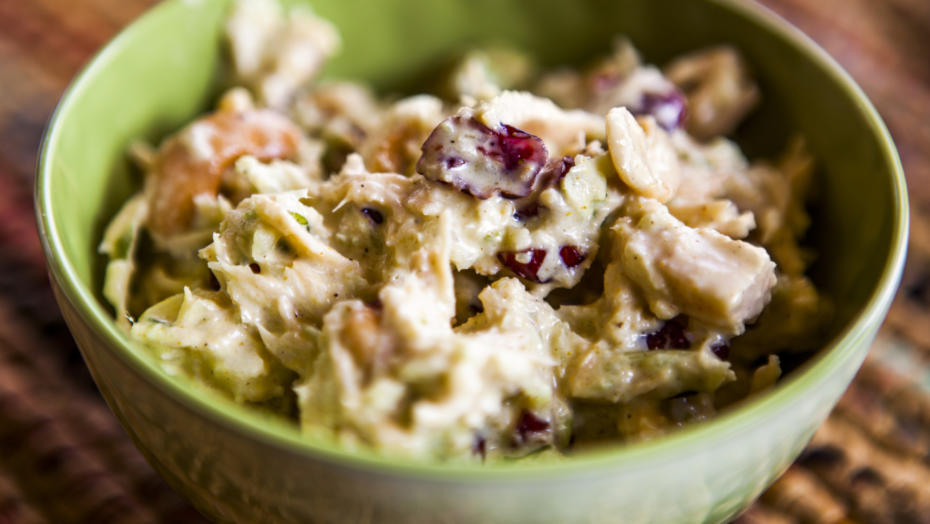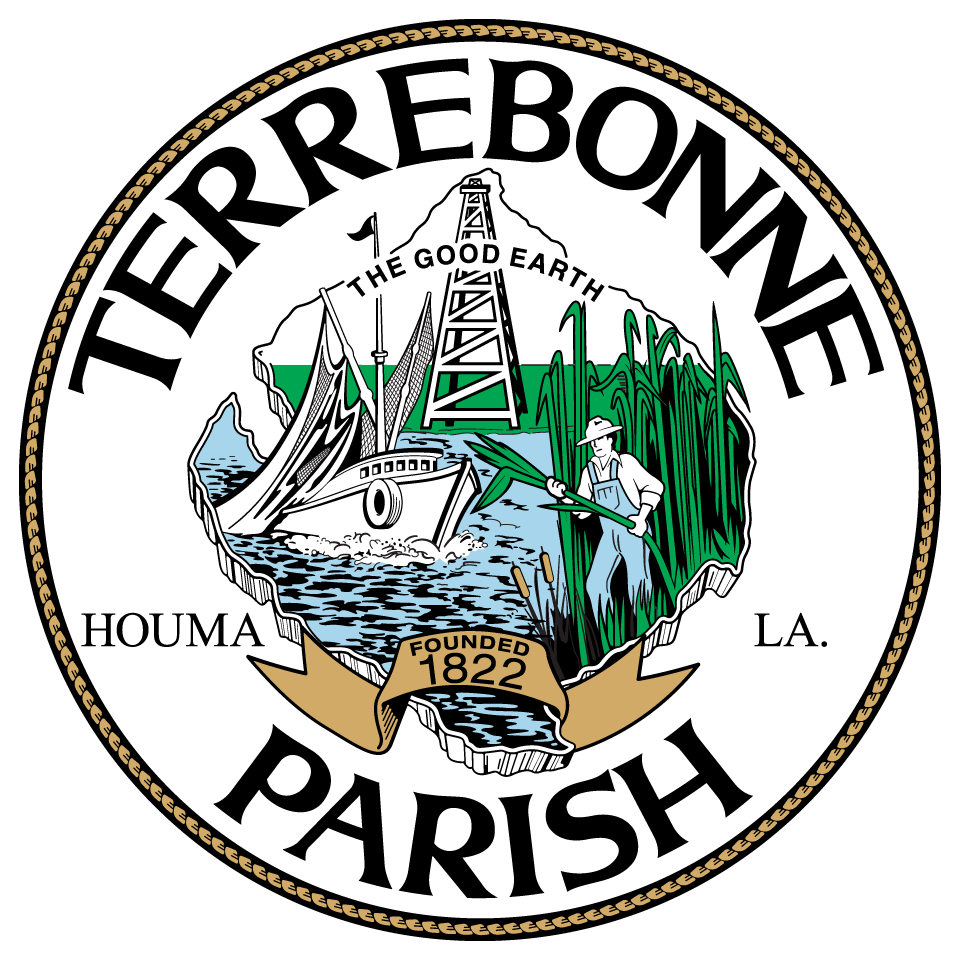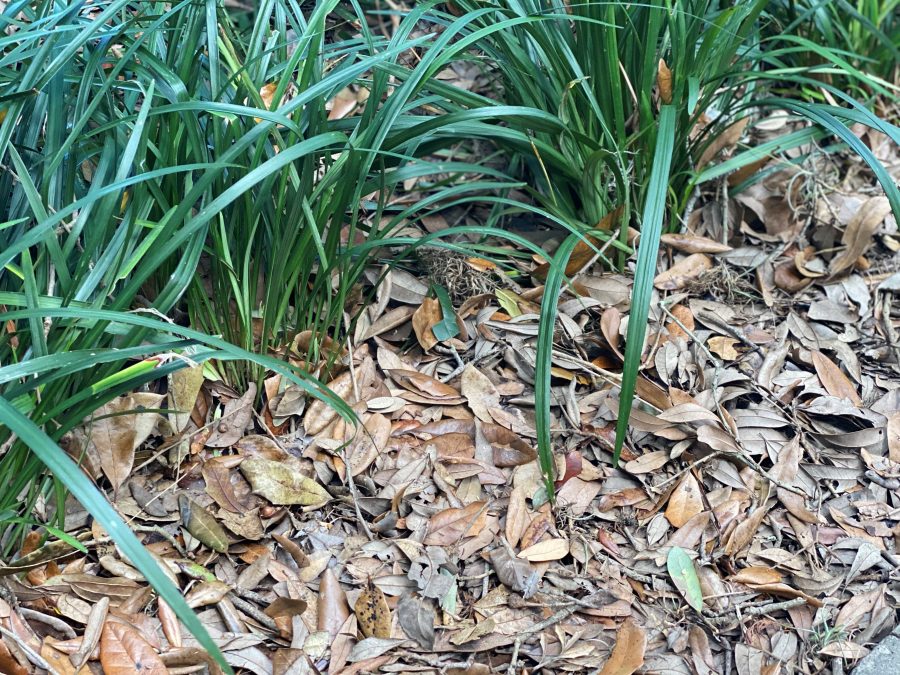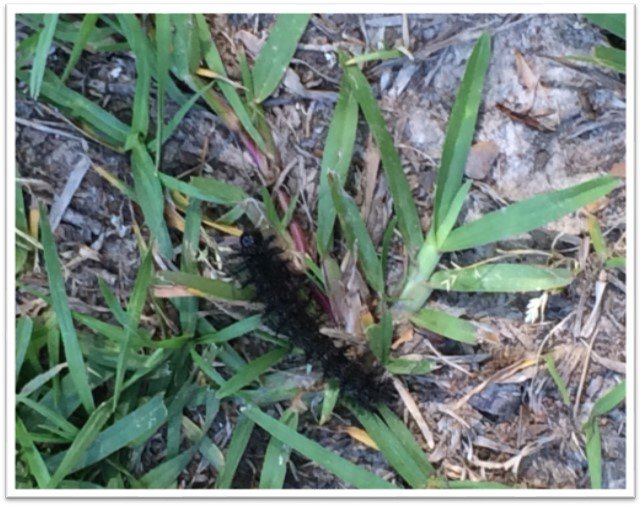
Three Delicious, Healthy Recipes for Turkey Leftovers
November 26, 2022
Terrebonne Government Online Auction Viewing Period is Now Open
November 26, 2022By Heather Kirk-Ballard, LSU AgCenter Horticulturist
LSU AgCenter Horticulturist
The leaves are falling all over the state now. There are several things you can do with those leaves. One great way to use those leaves to your — and your plants’ — benefit is to use leaf litter as mulch.
When you consider it, one of the best mulches on the market is essentially waste material dropped by pines. Pine needles are gathered and sold at a premium. Why not use what you have in your yard?
Needles and leaves that fall are not wasted. They decompose and replenish the soil with nutrients and make up part of the spongy humus layer of the forest floor that absorbs and holds rainfall. Fallen leaves also become food for numerous soil organisms vital to the forest ecosystem.
By leaving fallen leaves on the ground, you provide materials for earthworms to break down and shelter for insects such as butterflies and moths that overwinter in leaf litter. These critters provide a winter food source for many bird species.
Chop or shred leaves to make it easier for worms and beneficial microorganisms such as fungi and bacteria to break down the leaves. A mulching blade works well. Leaves can be composted first to make leaf mold, or you can work the leaf mold into the top several inches of the soil. In addition, chopped leaves can be used as a winter mulch on top of garden beds to help retain moisture, reduce weeds and insulate roots from cold temperatures.
Another thing you can do with those leaves is rake them up and make compost. Collect compost items such as grass clippings, leaves, kitchen vegetable waste, coffee grounds, paper and eggshells. To get started, add material in layers: brown material, some soil containing the microorganisms that will decompose the material or compost starter followed by more brown material. Layer in green material, which serves as a form of nitrogen and will help the microorganisms break down the carbon.
Water is important for the process, but you do not want too much water. Turn your compost often. Compost is ready when it crumbles and feels like rich earth — dark brown and crumbly. It’s a great amendment for landscape beds and gardens.
There are several other options for what to do with that leaf litter. Some are good and some are not so good. Personally, I’m not a fan of blowing leaves out into the streets only for them to end up in storm drains or someone else’s property. I call this kicking the can (steps down from her soapbox).
Drainage systems consisting of storm drains help remove excess water from the streets, yards, parking lots, rooftops and sidewalks during heavy rainfall that we frequently receive. When drains get clogged, it can lead to flooding, which can be a major problem in most urban areas of the state.
The drains clog when leaves that fall to the ground accumulate, effectively creating a dam that prevents water from draining properly. So collect those leaves and put them to good use.
The benefits of using the leaves as mulch is that it helps retain moisture in the soil around your plants, insulates plant roots during cold weather and provides organic matter and nutrients to your plants as the leaves decompose. Additionally, you save money on mulch, it prevents you from having to bag leaves and it saves you a trip to the curb on trash day.
It’s a “mulch” better alternative.
- Leaves make an excellent mulch in the fall and winter and as they break down they add organic matter and nutrients to the soil. Photo by Heather Kirk-Ballard/LSU AgCenter
- Fallen leaves provide shelter for many butterfly and moth species. Photo by Heather Kirk-Ballard/LSU AgCenter









